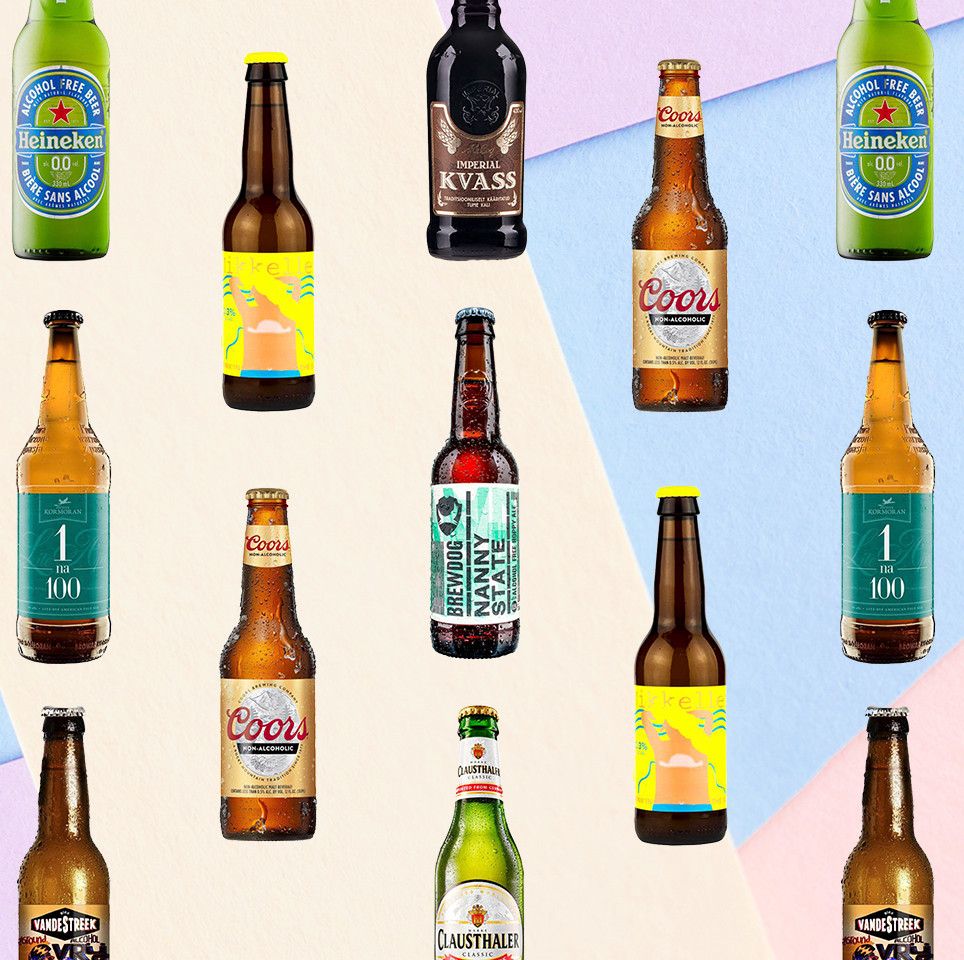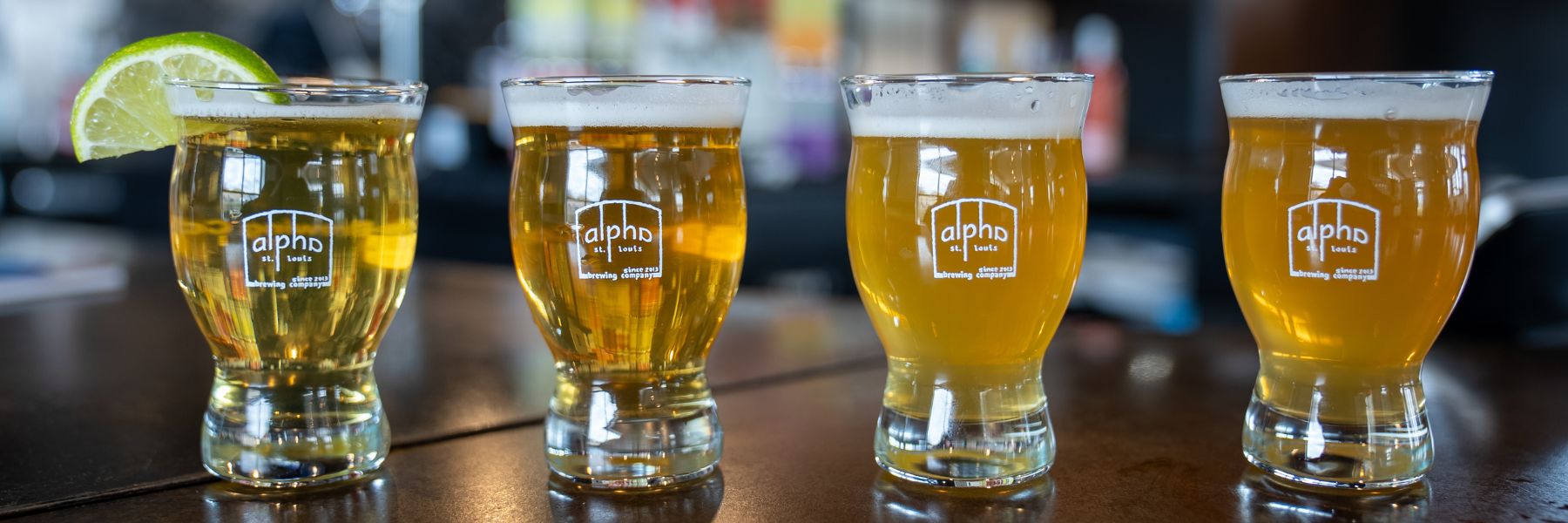Grasping the Craft of Distillation: a Deep Study Distillery Traditions
Exploring the detailed art of distillation introduces a world soaked in time-honored customs that have formed the spirits we enjoy today. From the old origins of purification methods to the contemporary evolution of distillery equipment, each action in the process lugs with it a rich tapestry of background and know-how. As we look into the fragile balance of typical versus modern distilling methods and reveal the relevance of key components, a much deeper understanding emerges of the profound influence distillery traditions have on the spirits we relish.
Origins of Purification Techniques
The development of purification strategies has an abundant background that traces back to old people. The idea of dividing elements based on their different boiling points laid the foundation for the innovative purification processes we have today.
The earliest evidence of distillation dates back to around 3000 BC in Mesopotamia, where clay pots were used to distill fragrances and fragrant oils. The Egyptians additionally progressed these methods, utilizing purification for embalming techniques and medical purposes. The Greeks, notably numbers like Aristotle and Hippocrates, added to the theoretical understanding of distillation.
Over time, purification infect regions like India, China, and the Middle East, each society adding its unique touch to the craft. The advancement of purification methods continued via the Center Ages and the Renaissance, ultimately resulting in the varied variety of distillation procedures utilized in modern distilleries worldwide.
Advancement of Distillery Devices

With developments in technology and a much deeper understanding of the purification process, modern distilleries currently use a variety of innovative tools to create spirits of the finest quality. Today, purification devices includes column stills, reflux stills, and crossbreed stills, each developed to cater to certain purification needs. These modern-day stills use better temperature level policy, increased purification precision, and better effectiveness in separating alcohol from contaminations.
In addition to stills, distilleries currently utilize innovative condensers, fermenters, and filtering systems to more fine-tune the extract. The development of distillery tools remains to play a vital role in forming the diverse variety of spirits available out there today.
Traditional Vs. Modern Distilling Practices
In checking out distilling practices, the comparison in between standard and modern-day approaches reveals considerable advancements in effectiveness and top quality. Traditional distilling methods typically involve classic strategies gave through generations, emphasizing craftsmanship and artisanship (Galveston Liquor). These approaches normally rely upon copper pot stills and manual procedures that call for a high level of skill and experience from the distillers. Alternatively, modern distilling practices take advantage of sophisticated technology and development to enhance manufacturing procedures and boost uniformity. Automated systems, computerized controls, and cutting edge devices allow contemporary distilleries to create spirits a lot more successfully and with better accuracy.
While typical distilling techniques are treasured for their heritage and the special flavors they produce, modern approaches use benefits in terms of scalability, quality control, and sustainability. By incorporating clinical innovations and modern-day engineering, distillers can optimize manufacturing, minimize waste, and satisfy the demands these days's market better. Ultimately, the choice in between modern-day and conventional distilling practices usually depends upon the distillery's goals, worths, and target audience.
Key Active Ingredients in Distillation Refine
Within the craft of distillation, the selection of crucial ingredients plays an essential duty in figuring out the flavor account and high quality of the spirits generated. The main ingredients utilized in the purification process are typically water, yeast, and a fermentable resource such as grains, this contact form fruits, or sugarcane.
Water is a fundamental part as it not only thins down the alcohol content to a tasty degree however additionally affects the general mouthfeel and texture of the spirit. The high quality and mineral web content of the water utilized can dramatically impact the last item.
Yeast is one more crucial ingredient that transforms the sugars existing in the fermentable source into alcohol with the procedure of fermentation. Different stress of yeast can generate varying flavors and scents, adding to the one-of-a-kind characteristics of the spirit.

Impact of Distillery Traditions on Spirits
The impact of longstanding distillery customs on spirits extends beyond the choice of key components, forming the extremely significance and character of the final distilled items (Distillery in Galveston). These traditions, passed down via generations, play an important duty in defining the special preference profiles and high qualities that distinguish one spirit from one more
Distillery customs encompass a wide variety of practices, from the specific techniques utilized in purification to the choice of aging procedures used. The usage of traditional copper pot stills in whiskey production is believed to present certain flavors and qualities that are extremely valued by lovers. In a similar way, the aging of spirits in oak barrels, a technique deeply rooted in distilling practices, contributes to the development of complex aromas and flavors in time.

Verdict
Finally, the traditions of distillation have a rich history that has actually progressed with time. From the origins of distillation methods to the contemporary techniques, the influence of distillery practices on spirits is undeniable. By understanding the essential components in the distillation process and the development of distillery devices, one can appreciate the craftsmanship and creativity that enters into developing top quality spirits. Distillery traditions play an important function fit the spirits industry and preserving the heritage of purification techniques.
Throughout the history of purification, the tools utilized in distilleries has actually gone through significant advancement to boost performance and high quality of the distillation procedure.With innovations in modern technology and a much deeper understanding of the distillation process, modern-day distilleries currently use a variety of sophisticated tools to generate spirits of the greatest quality. Today, click this link purification devices includes column stills, reflux stills, and crossbreed stills, each developed to provide to look here certain purification requirements. From the origins of purification techniques to the modern-day methods, the influence of distillery traditions on spirits is obvious. Distillery traditions play a vital function in shaping the spirits sector and protecting the heritage of distillation methods.